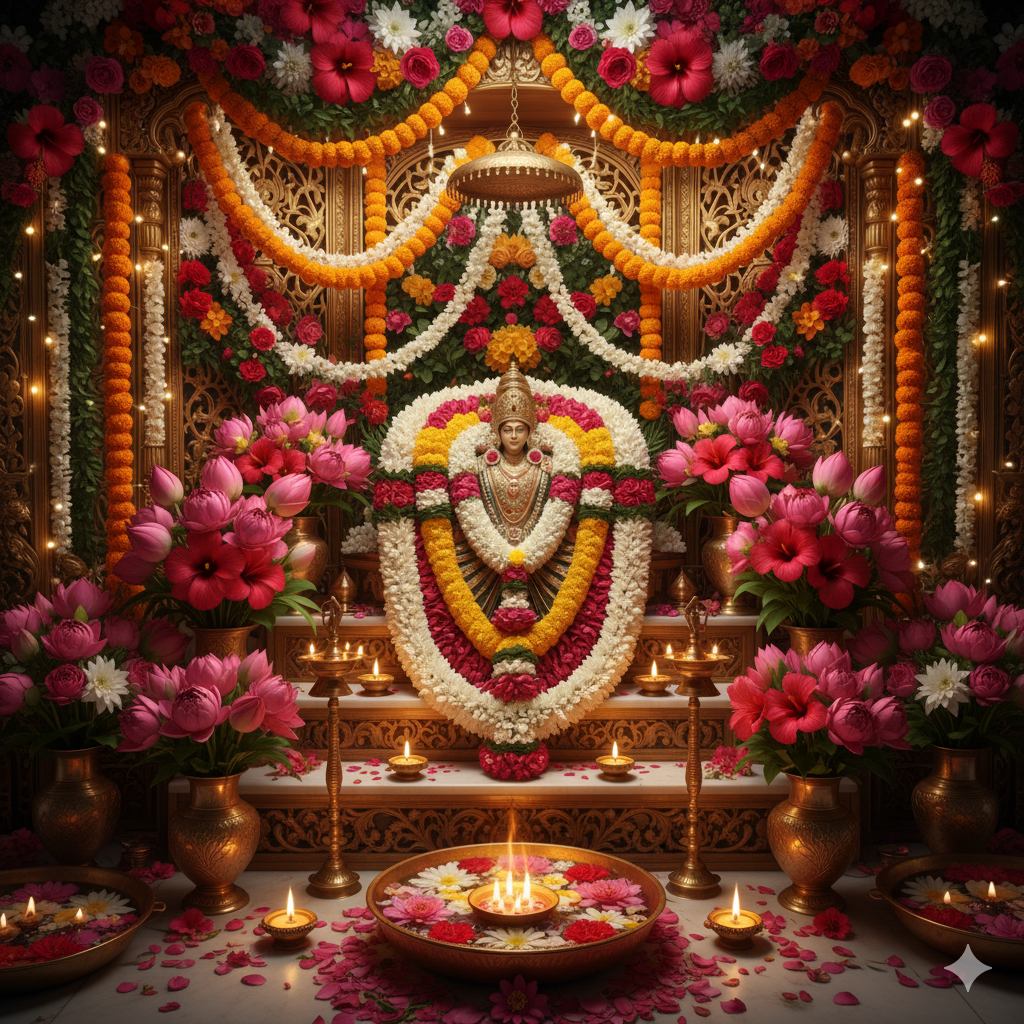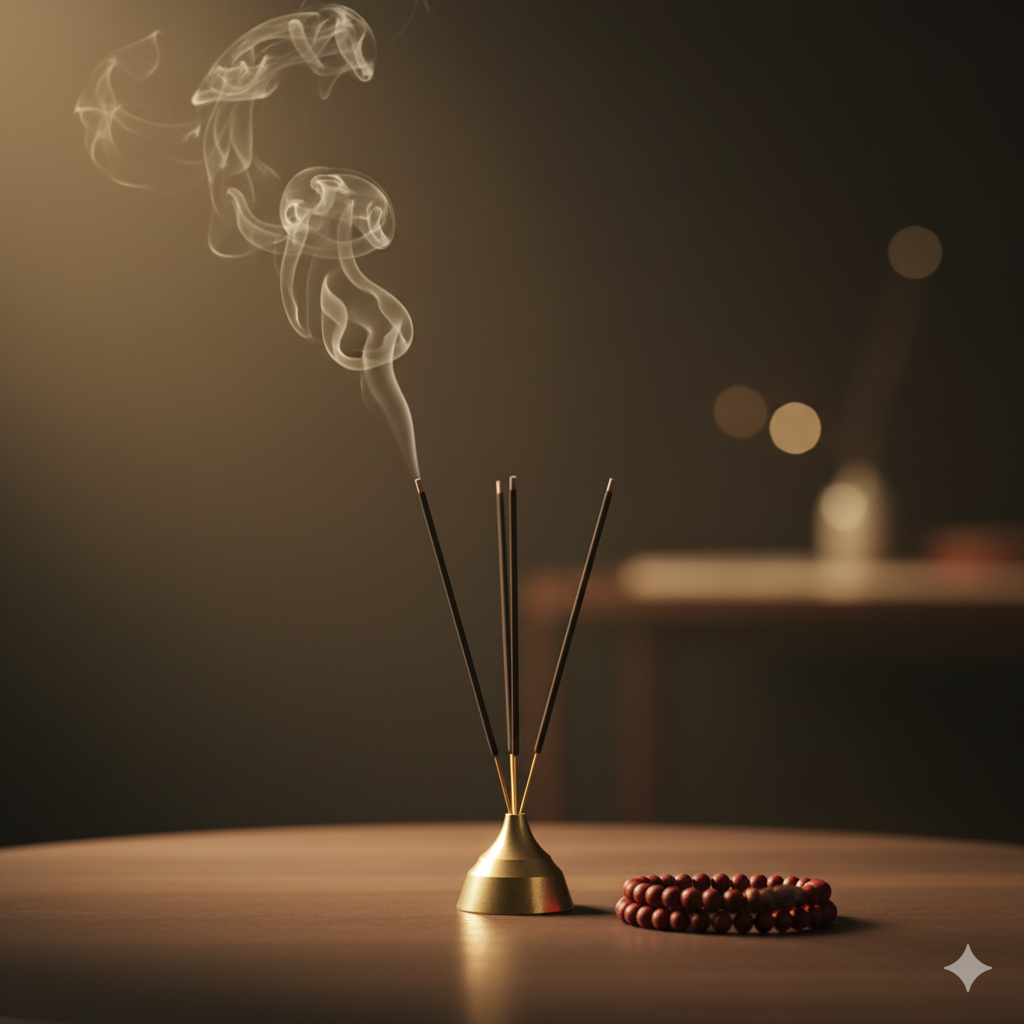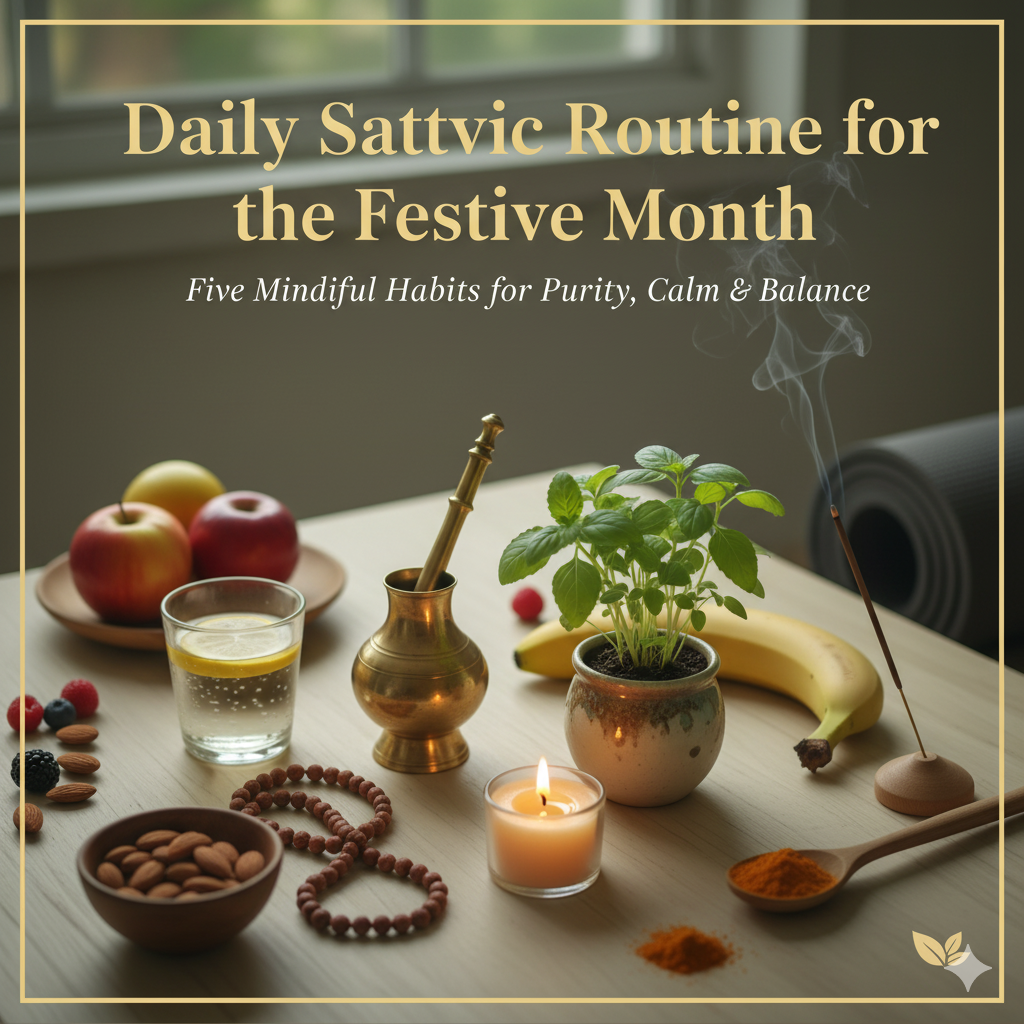
अक्तूबर 09, 2025
🌼 21 Simple Flower Décor Ideas for Mandir Backdrops
Transform your home temple into a blooming sanctuary of devotion and light. Flowers are nature’s purest offering — soft, fragrant, and symbolic of surrender. In every Indian home, flowers have been central to puja, festivals, and spiritual aesthetics. They don’t just decorate; they energize the aura of the space and carry the vibration of love and gratitude. Whether you have a large mandir or a compact altar, these 21 easy flower décor ideas will help you create a serene, divine backdrop for daily worship, Diwali celebrations, or Kartik rituals — using simple, affordable blooms from your local market or garden. 🌿 1. Marigold Garland Curtain Marigolds (genda phool) are the classic festive bloom — bright, bold, and auspicious.Hang 3–4 long garlands from the top of your mandir like a curtain.Add alternating strings of mango leaves for traditional charm. 💡 Symbolism: Marigolds attract prosperity and dispel negativity. 🌸 2. Lotus Bowl Arrangement Place a wide brass or copper bowl filled with water and float lotus petals or buds in it.Add a few diyas to create a serene “pond of light.” 👉 Find Brass Bowls & Diyas in the Prasadam Collection. 🌼 3. Rose Petal Backdrop Stick fresh rose petals in circular or mandala patterns on a cloth background or frame board behind your idols.Use a glue gun or pins — easy to replace daily. 💡 Tip: Mix red and pink roses for a softer, devotional look. 🌺 4. Vertical Jasmine Strings Hang strings of jasmine (mogra) vertically on both sides of your mandir.The fragrance creates instant temple-like calmness. 🌻 5. Banana Leaf Base Use large banana leaves as a natural backdrop.They represent fertility, freshness, and are ideal for Lord Vishnu or Lakshmi worship. 🪷 6. Flower Mandala on Wall Draw a chalk circle behind your mandir and paste petals in concentric rings.Use alternating marigold, rose, and chrysanthemum for contrast. 💡 Pro Tip: Start small; a 1.5ft mandala can transform your whole altar visually. 🌾 7. Mixed Bloom Garland Combine rose, jasmine, and marigold into one string — the tri-color mix adds vibrancy and symbolizes balance. 🌹 8. Minimal Tulsi Garland For Kartik and Tulsi Vivah rituals, create a simple tulsi and rose petal garland.Offer to Tulsi plant or hang around your altar. 👉 Explore Tulsi Puja & Kartik Month Kits to complete your ritual décor. 🌸 9. Half Arch Frame Use a wire or bamboo hoop and wrap with fresh blooms.Place to one side of your mandir for a graceful asymmetrical floral frame. 🌼 10. Rangoli Meets Flowers Mix petals into your floor rangoli design — alternating colors for texture.Use white jasmine borders with yellow marigold centers for contrast. 🌺 11. Mini Flower Bells Create mini “bells” by wrapping marigold petals in cone-shaped foil.Hang them using thread — a creative twist for small temples. 🌿 12. Ceiling Bloom Drops If your altar is near a ceiling corner, hang single stems of roses or orchids upside down using transparent thread.Looks ethereal, like blossoms descending from heaven. 🌸 13. Floral Diya Circle Surround your brass diya or lamp with a circular border of petals — red, orange, and white alternating layers.This focuses energy and adds festive glow. 👉 Find Eco Clay & Brass Diyas under ₹1,100 in Prasadam Essentials. 🌻 14. Minimal Bowl Layers Stack 2–3 small bowls with different flowers — lotus, rose, and tulsi — like a floral pyramid beside your altar.Perfect for apartments or studio homes. 🌷 15. Frame-of-Light Décor Wrap fairy lights with rose and marigold garlands around your mandir frame.At night, the soft glow through petals feels divine. 💡 Tip: Choose warm white lights; avoid cool white or colored LEDs. 🌺 16. Krishna Jhula Garland For homes with a small Krishna idol or swing (jhula), drape it with small jasmine and rose garlands.Symbolizes love and divine playfulness. 🌸 17. Floral Kalash Decor Wrap your copper or brass Kalash with a garland of mango leaves and marigolds.Top with a coconut and red cloth for auspicious rituals. 👉 Shop Copper Kalash & Accessories for your festive décor. 🌼 18. Side Wall Panel Use a small fabric panel covered in petals or artificial flowers beside your mandir for a 3D textured look.Works great for photographs or festival livestreams. 🌿 19. Single Bloom Simplicity Place a single flower — lotus, rose, or marigold — in front of each idol daily.Minimalist yet deeply spiritual. 💡 Practice: Replace it every morning before lighting your diya. 🌹 20. Gajra Loops for Bells & Frames Wrap small jasmine gajras around hanging bells or photo frames.Subtle touch, easy to refresh, fragrant all day. 🌸 21. Floating Floral Tray Fill a shallow brass tray with water, float petals, and place 3 diyas.Ideal centerpiece for your puja table or near the Tulsi plant. 🪔 Flower Types by Ritual Purpose Flower Best For Energy Ideal Use Marigold Diwali, Navratri Prosperity Garlands, Rangoli Lotus Lakshmi, Vishnu Purity Bowl décor Rose Durga, Krishna Love Petal backdrops Jasmine Shiva, Tulsi Calmness Garlands, strings Tulsi Kartik rituals Protection Offerings Orchid Meditation corner Serenity Hanging décor 🌸 Maintenance Tips Replace flowers daily or alternate-day in humid weather. Sprinkle rose water to keep blooms fresh longer. Use banana leaves as natural moisture barriers. Compost old flowers under a Tulsi or potted plant — never throw in bins. 🕉️ Eco-Friendly Tip Combine real flowers with reusable marigold fabric garlands — half-natural, half-decorative. It’s sustainable and still festive. 👉 Find Eco Puja & Décor Kits under ₹1,100 on My3ionetra Prasadam. 🕉️ FAQs Q1. Which flower should not be used in puja?Avoid flowers with thorns (like red roses with spikes) or foul-smelling blooms. Q2. How to decorate a mandir on Diwali?Use marigold curtains, flower rangoli, and lotus bowls with diyas. Add Lakshmi Charan Paduka for auspiciousness. Q3. Can I use artificial flowers?Yes, for backdrop frames or high ceilings — but always include one fresh bloom for purity. Q4. How to make garlands last longer?Store overnight in a wet cotton towel in the fridge; they stay fresh for 2–3 days. ✨ Conclusion Flowers carry divine vibration — they silently absorb your prayers and radiate peace. Whether it’s a full marigold wall or a single tulsi leaf, what matters is devotion, not scale. Every time you offer a bloom, you’re offering gratitude — to life itself. 🪷 Begin decorating your sacred space today: Shop Puja & Décor Essentials under ₹1,100 Or Book a Puja Online and receive temple-blessed flowers as prasadam. Let your mandir bloom this season — fragrant, colorful, and full of light. 🌼










